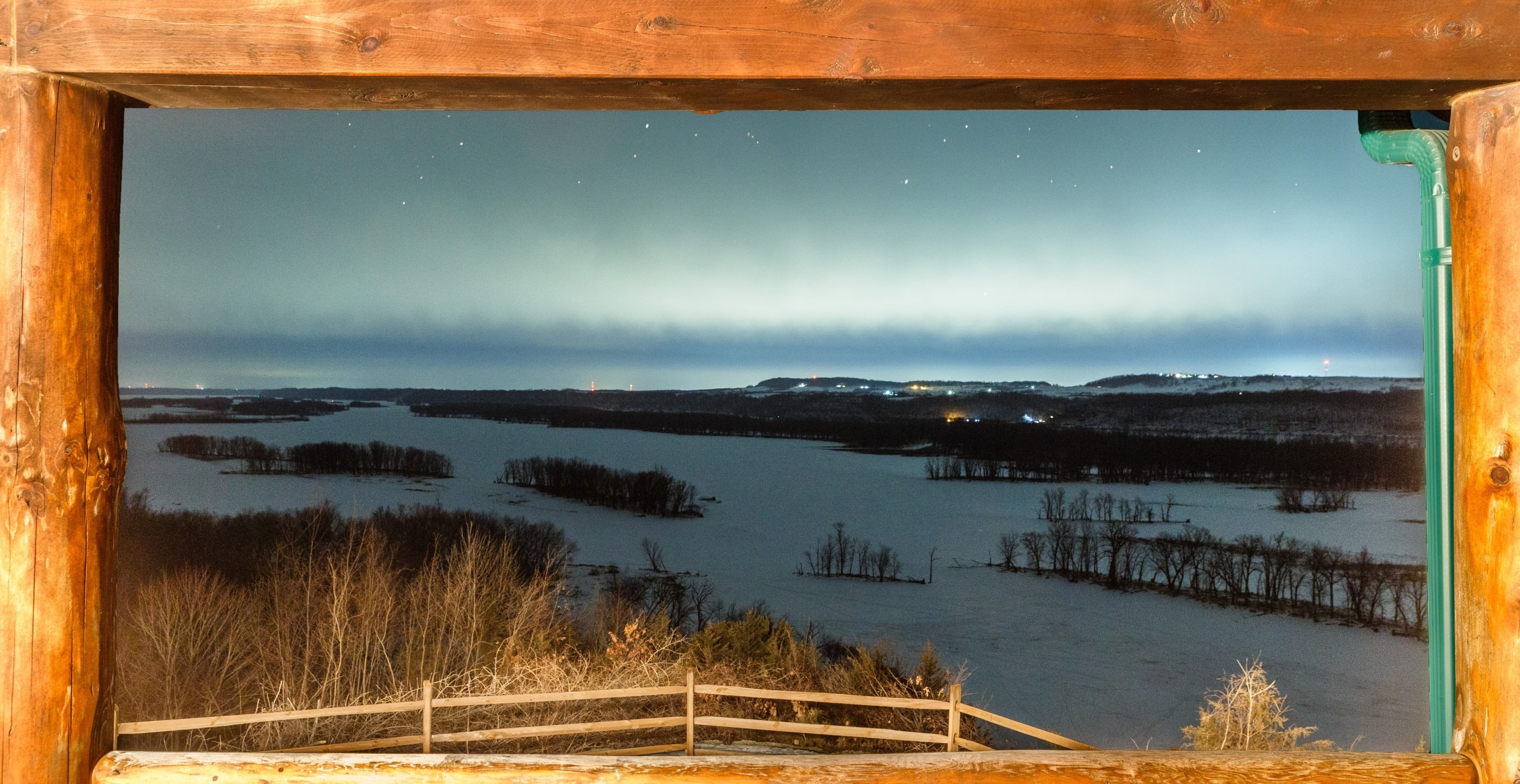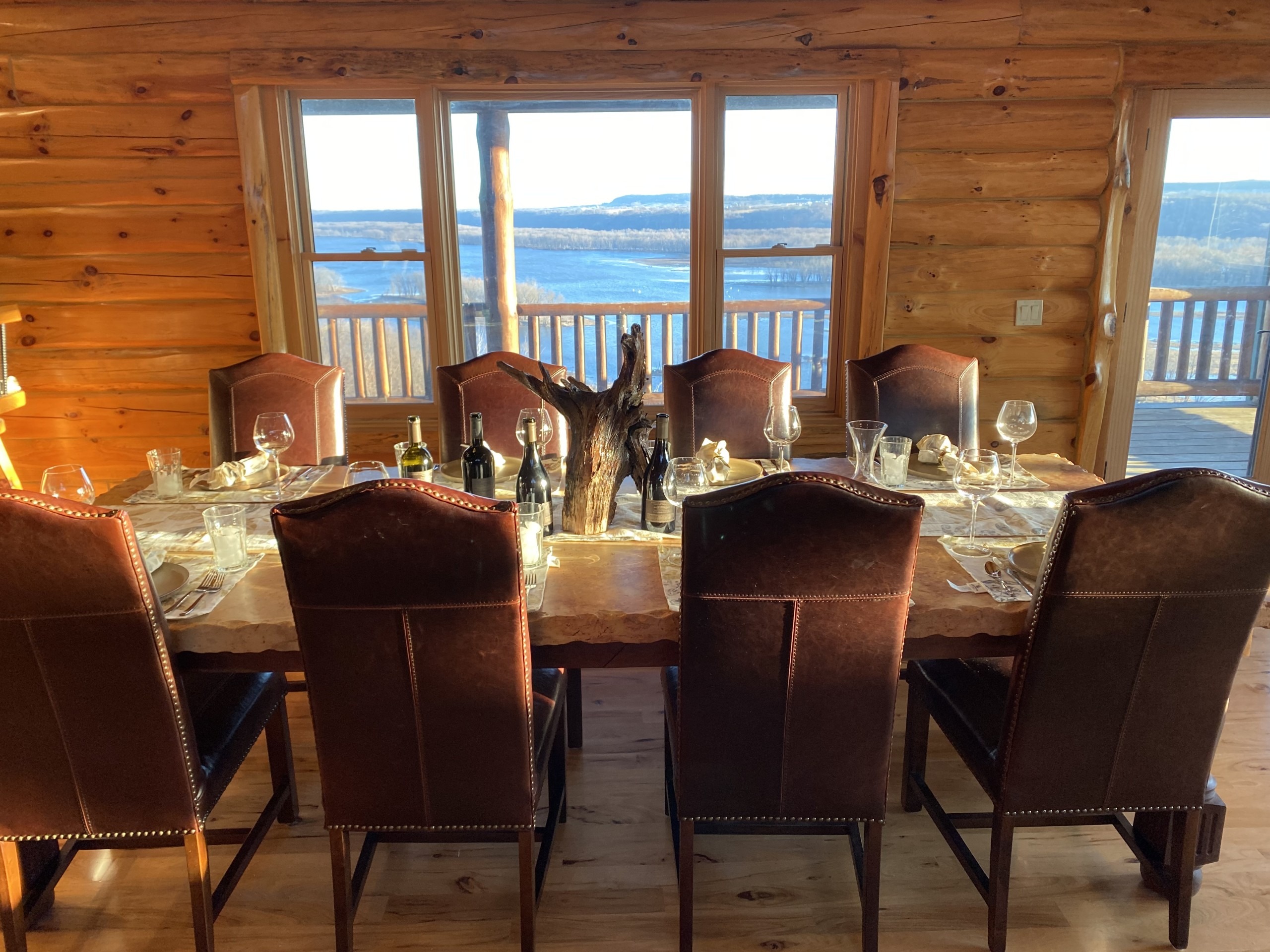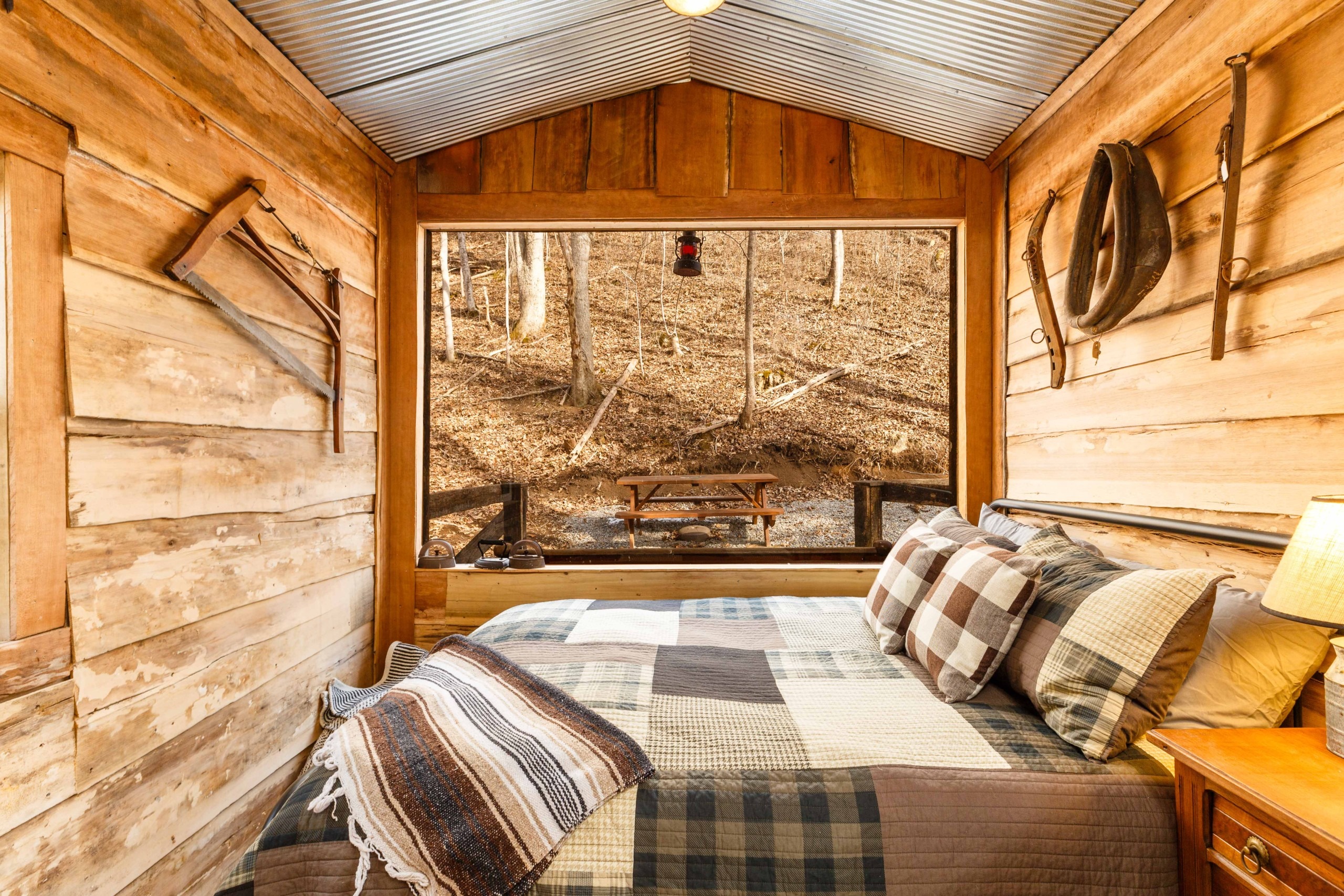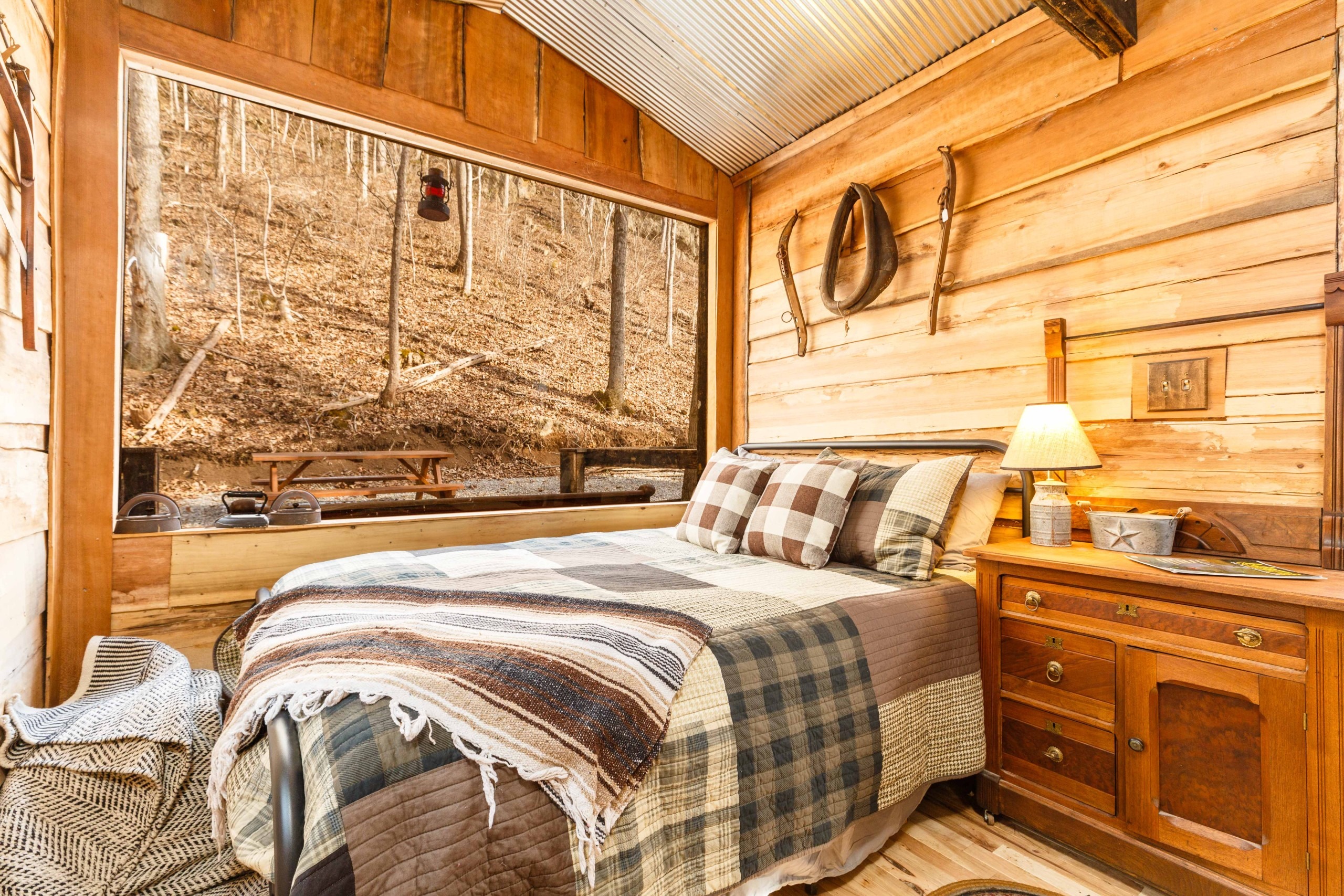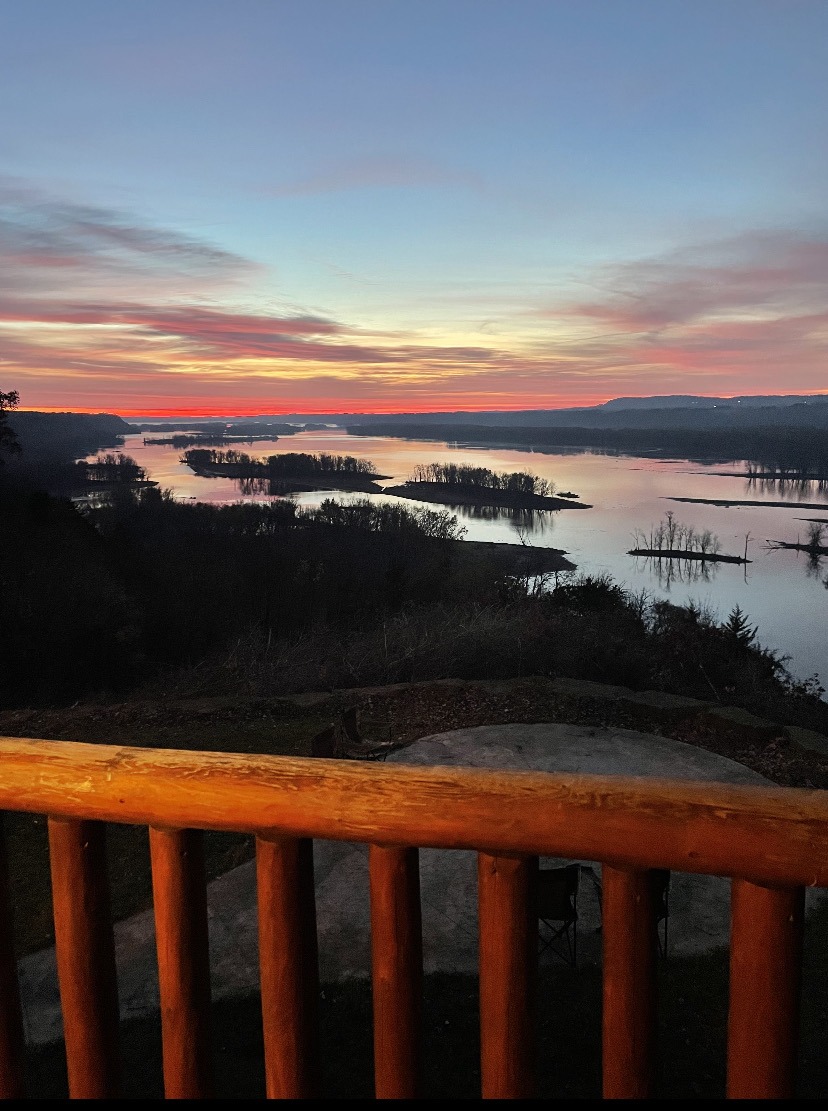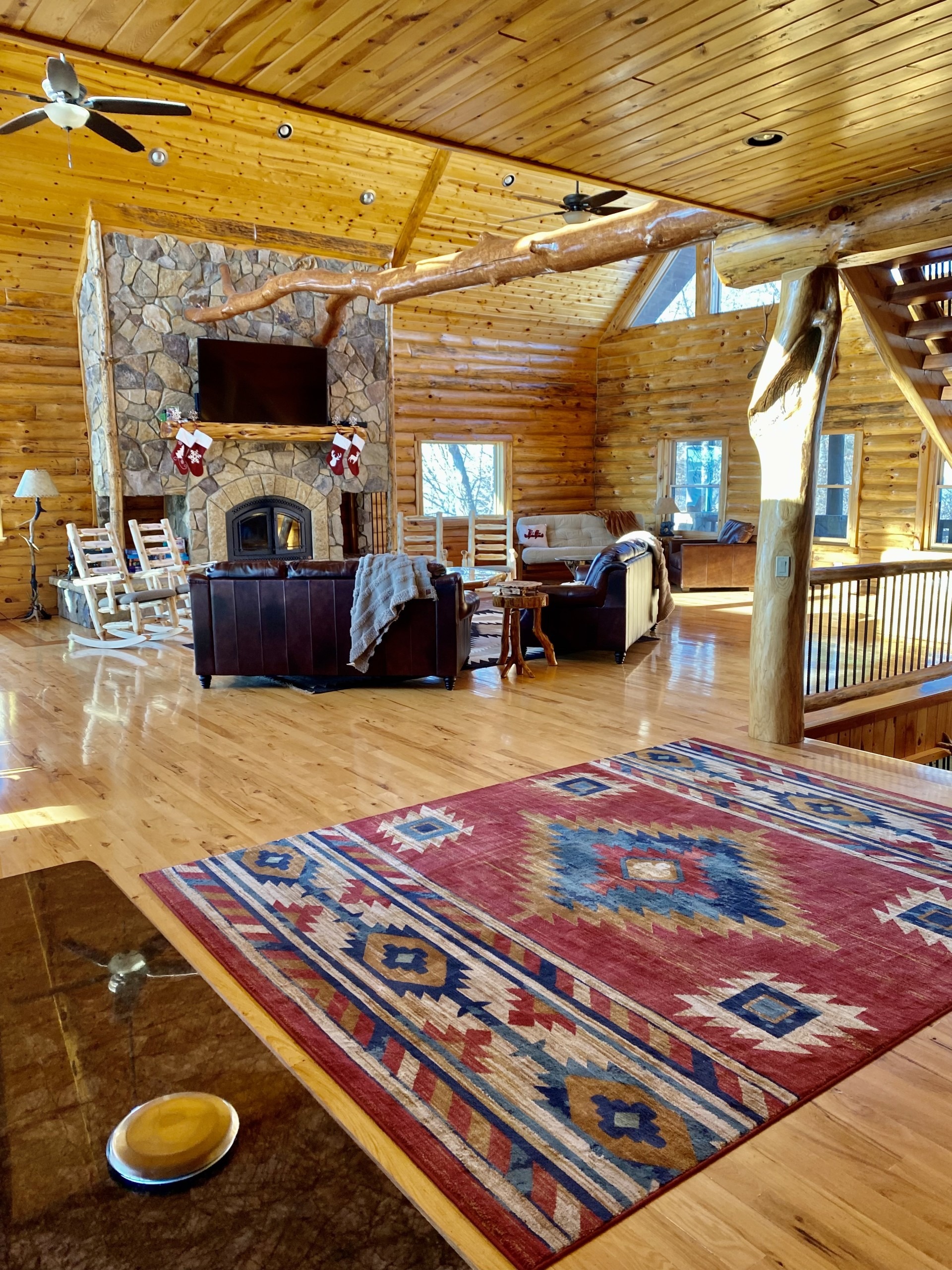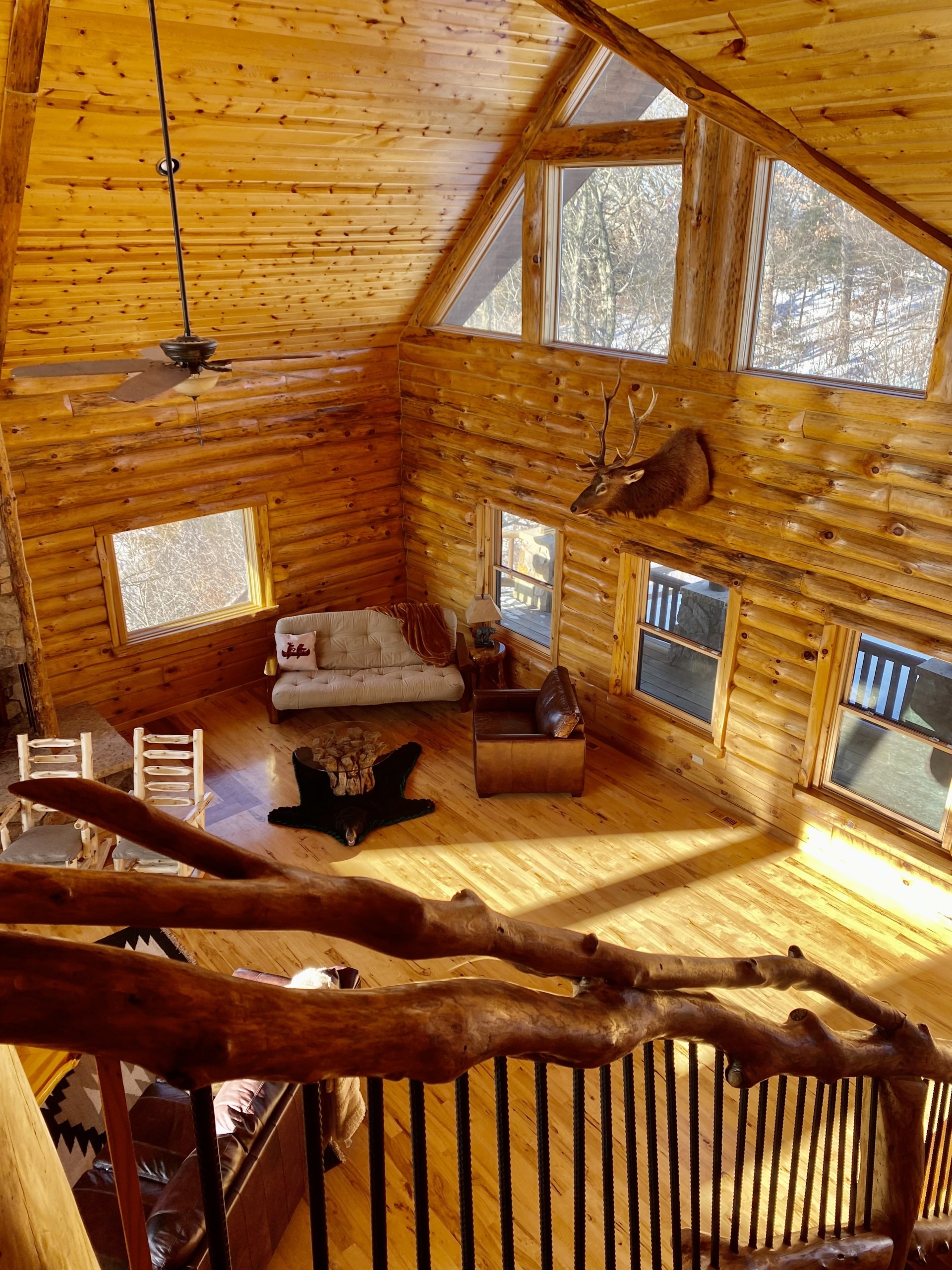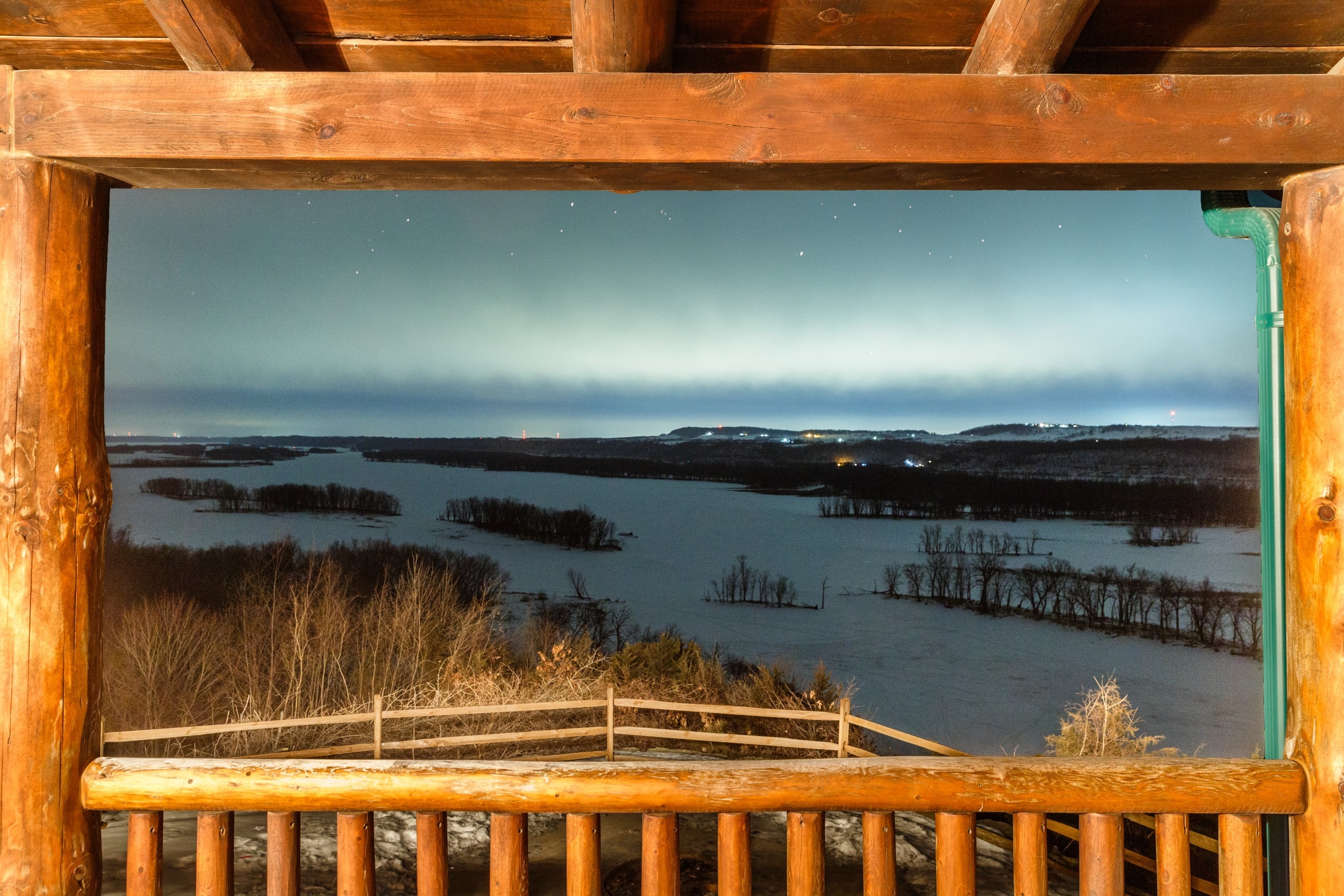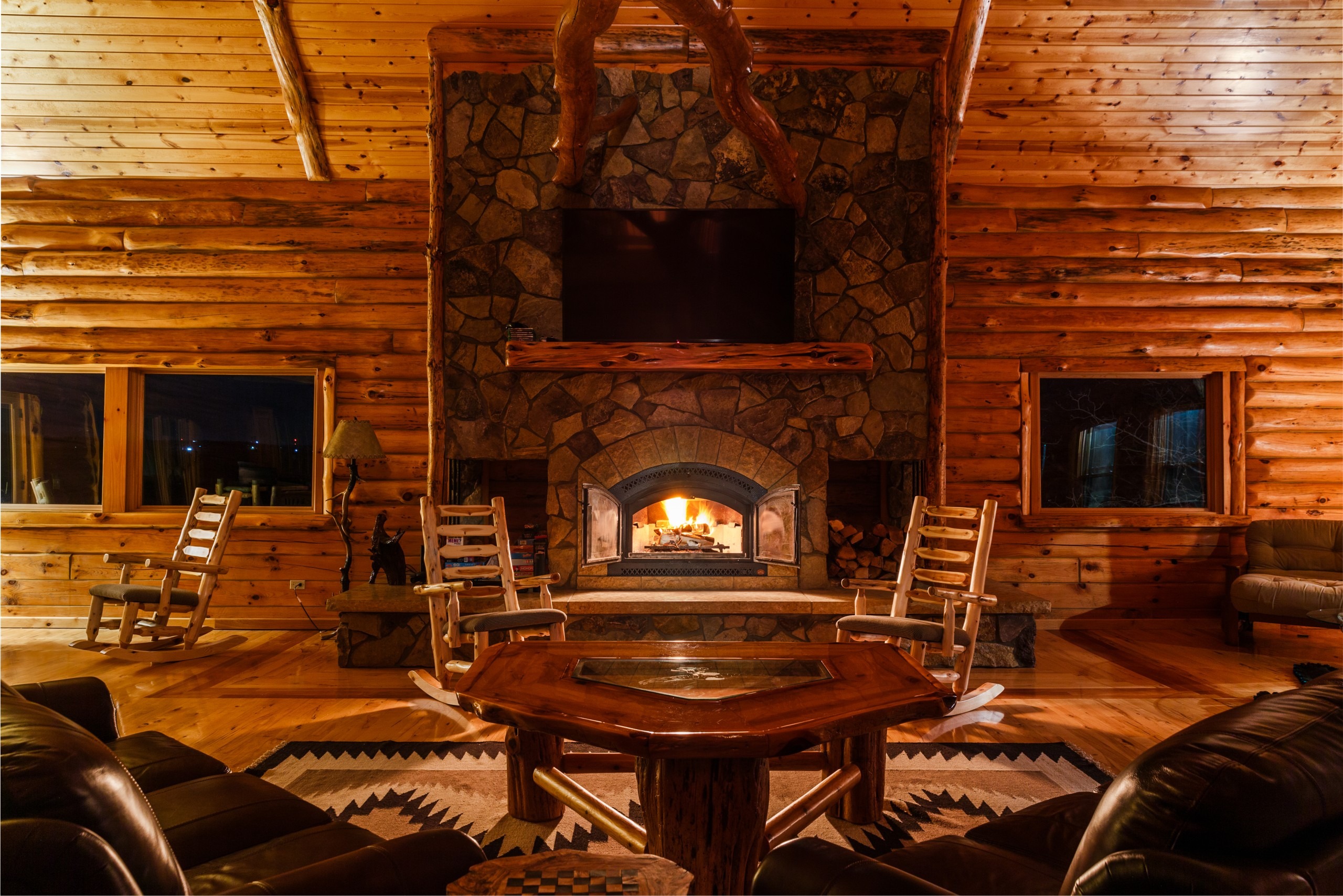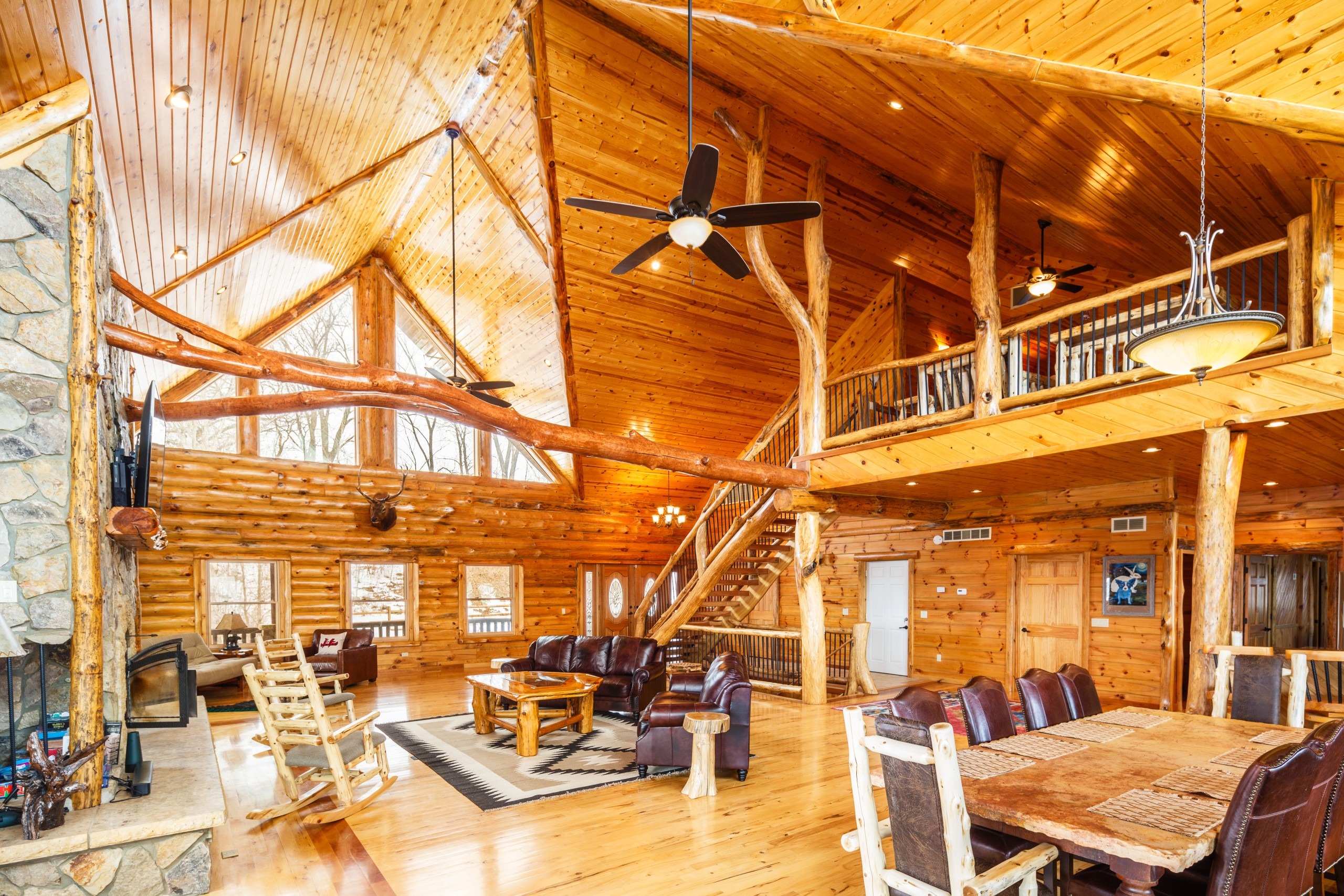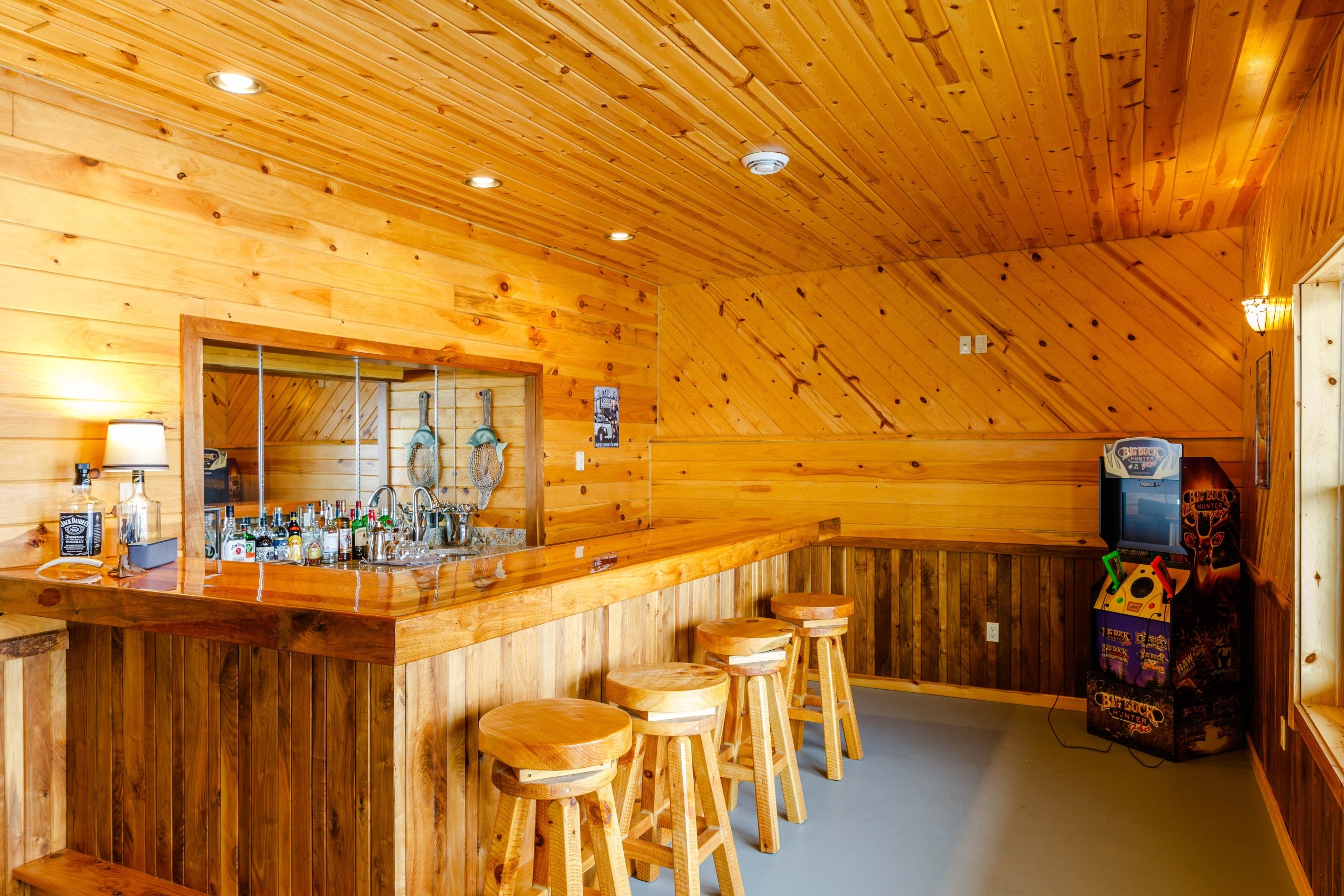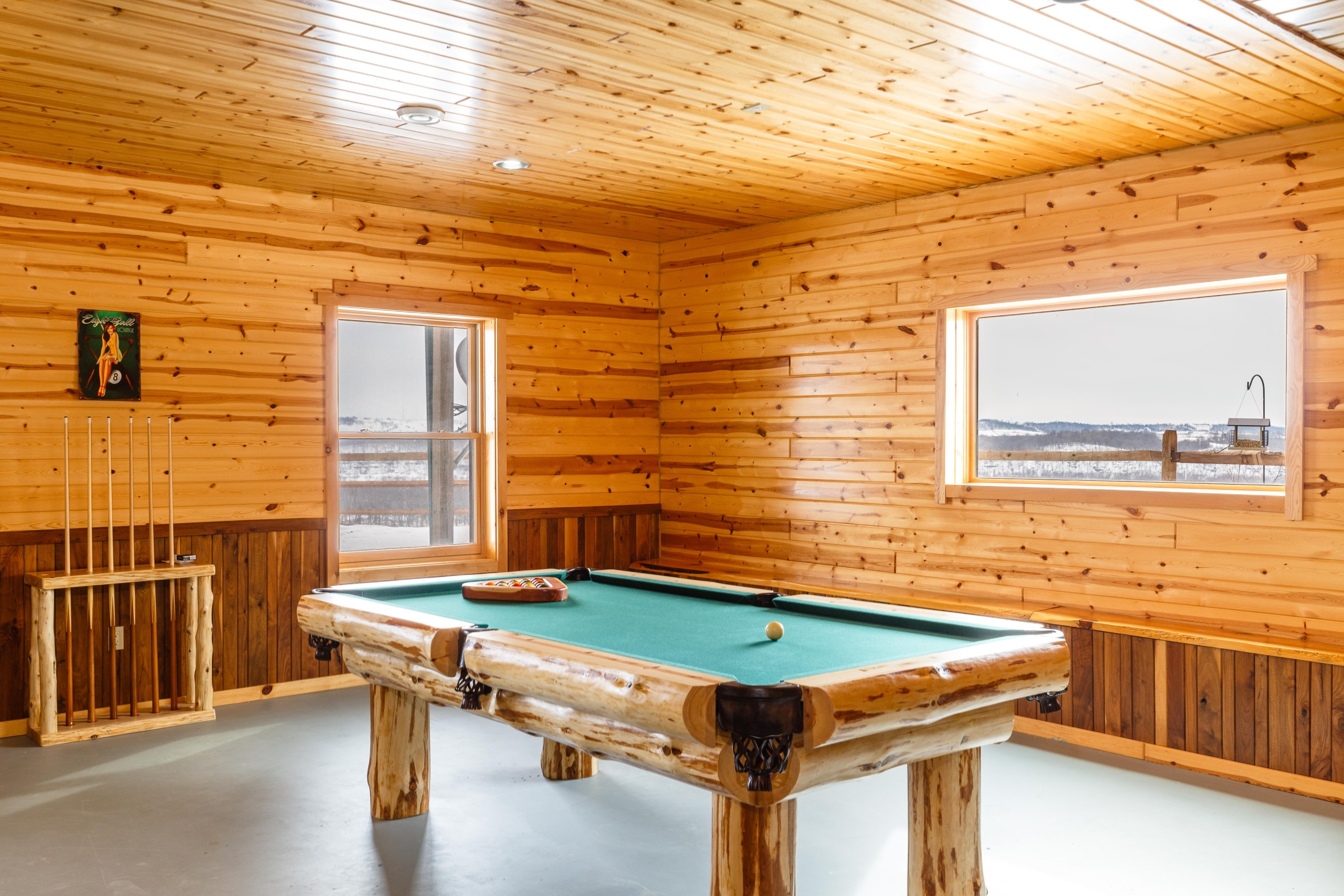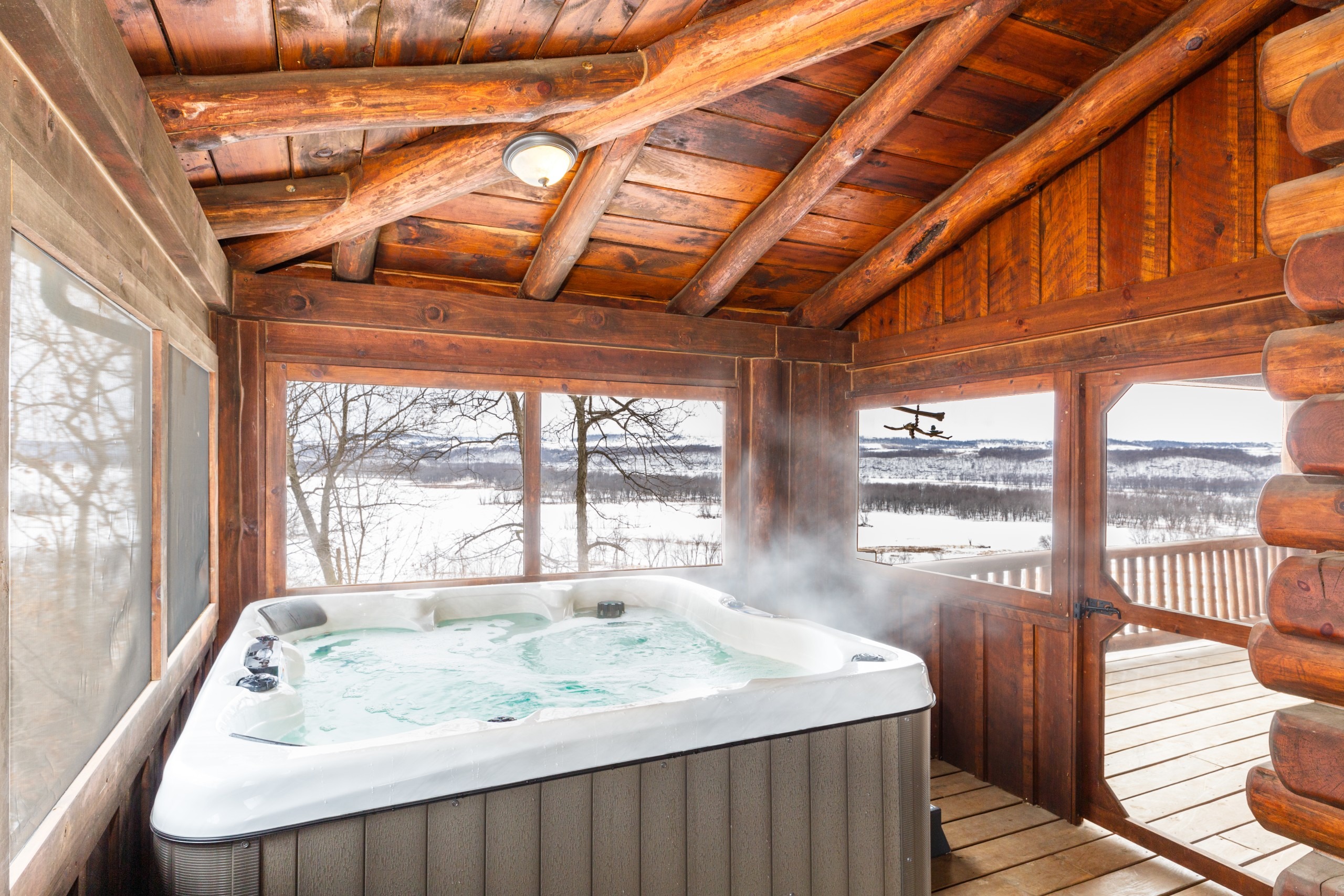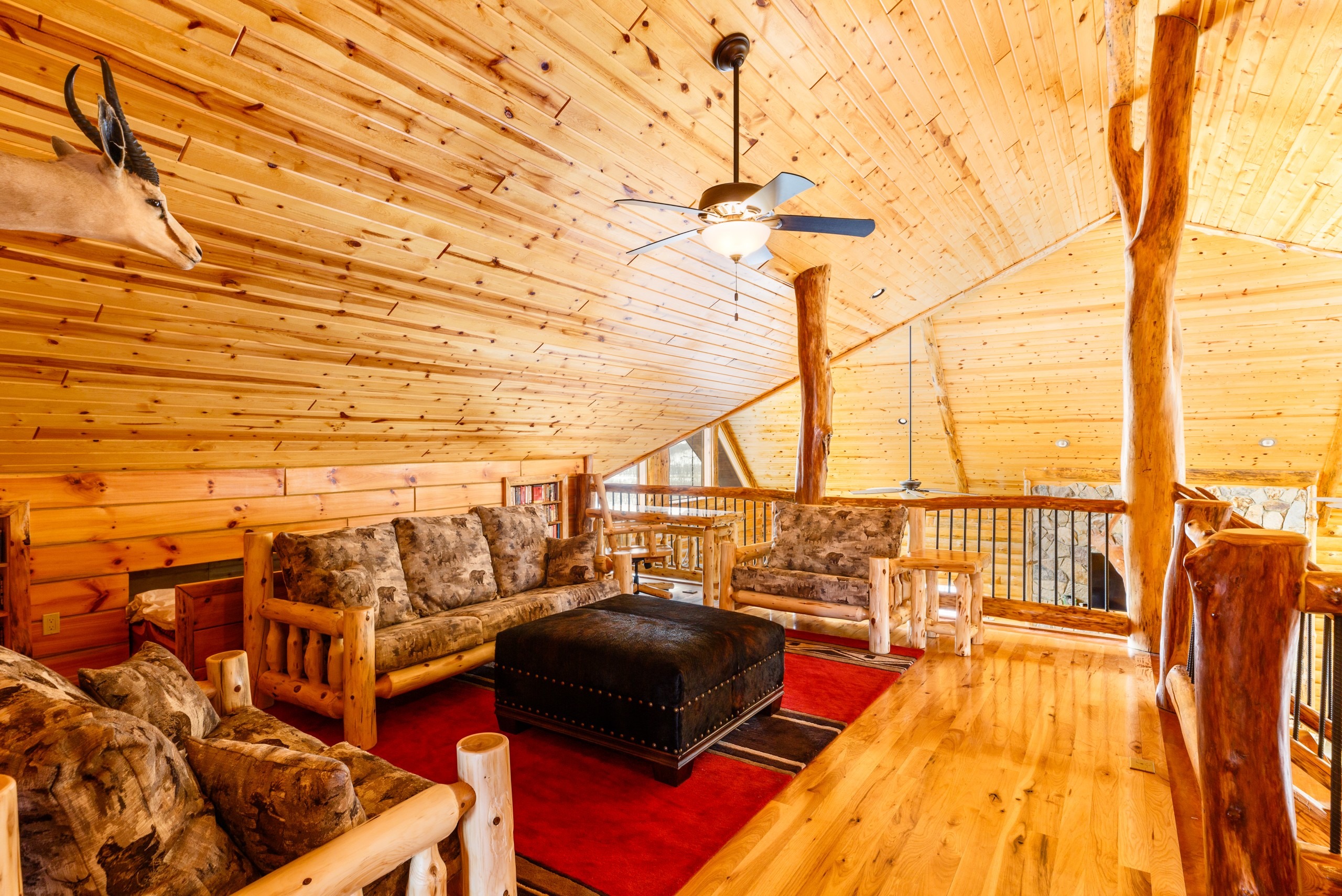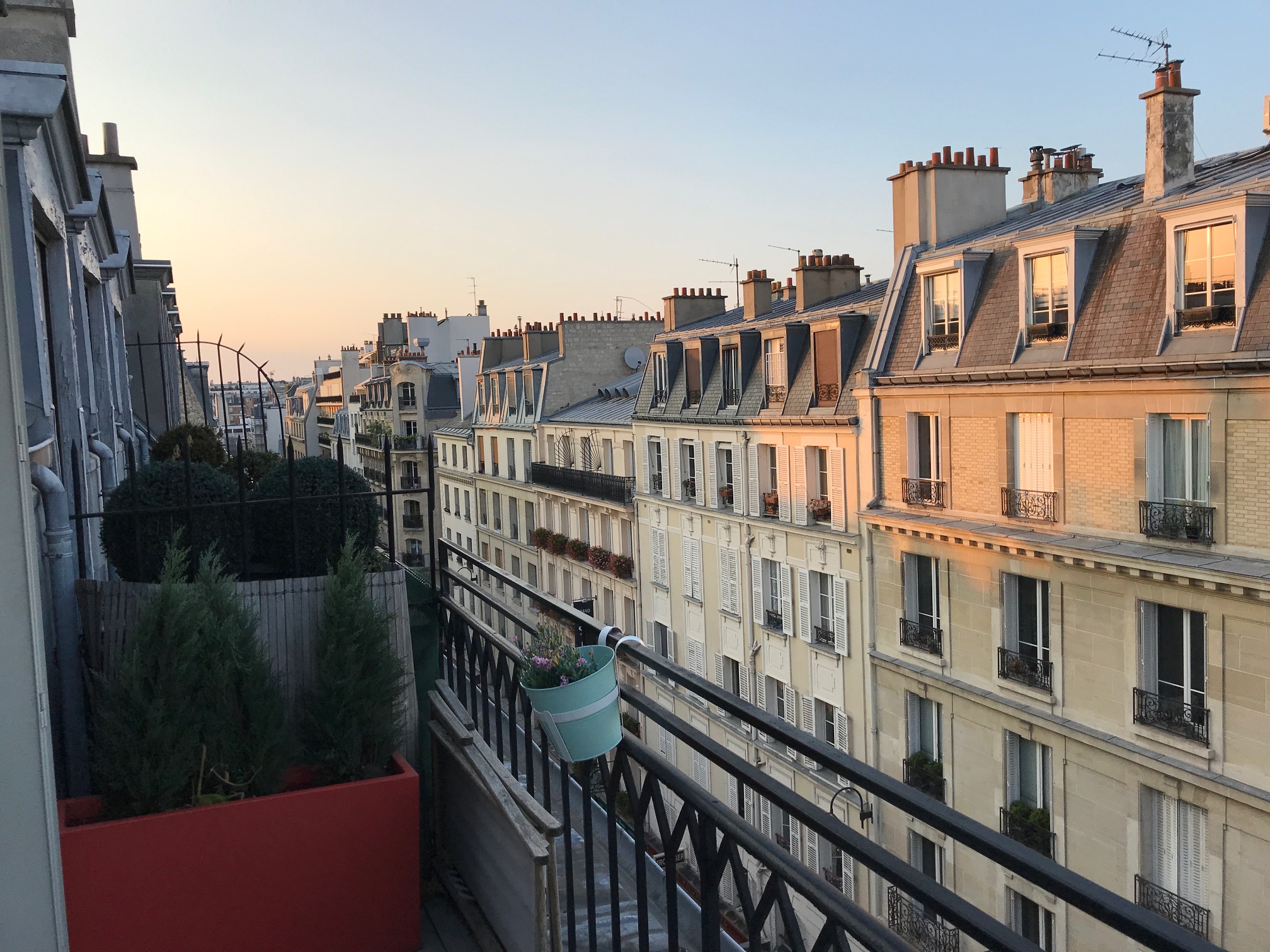“So in America when the sun goes down and I sit on the old broken-down river pier watching the long, long skies over New Jersey and sense all that raw land that rolls in one unbelievable huge bulge over to the West Coast, and all that road going, and all the people dreaming in the immensity of it, and in Iowa I know by now the children must be crying in the land where they let the children cry, and tonight the stars’ll be out, and don’t you know that God is Pooh Bear?”
– Jack Kerouac, On the Road
Steven Garcia is an historian who grew up in New Orleans and moved to Chicago six years ago.
No surprise, then, that he’s an architecture aficionado.
But during the pandemic he got into rustic structures, building sustainable cabins and barns and lodges in rural Ohio and Wisconsin. People wanted to get away from the city, he reasoned. And so he started renting his properties out.
What he’s doing used to be called ecotourism. Now it’s called glamping. And Garcia sees it as an alternative to what he calls overtourism.
According to the World Tourism Organization, international tourist arrivals reached 1.5 billion in 2019. The U.N. estimates that tourism accounts for approximately five percent of global CO2 emissions. And Booking.com says that 63 percent of global travelers prefer eco-friendly accommodations.
So maybe Garcia’s onto something. “Before the Internet, there were all these state parks that are real gems that people didn’t know about,” he says. “With Google and the Internet they went from 200,000 visitors a year to two or three million.”
His barnwood cabins on five acres in Appalachian Ohio are in the foothills near Shawnee State Park, with rock cliffs where he plans to build campsites atop. There are six one-bedroom cabins – one of them straddles a creek – and a single two-bedroom unit that sleeps 12.
The theme is a 1920s logging camp, but the cabins are ultra-comfortable and brand new. There’s a barn that’s used as a wedding venue, plus a pavilion, bathhouses and a barn. “We found a broker who tears down old barns and resells the wood, so they’re covered in old barnwood,” he says. “The interiors are cedar from our sawmill, with giant, eight-by-10 windows.”
Maysville, Ky. is across the Ohio River that’s a mile away. And it’s within a two-hour drive of 12 million people in Columbus, Cincinnati, Lexington and Louisville.
In Wisconsin, he’s built a lodge on a cliff on Catskill Bluffs on the Mississippi, using singed timber from California forest fires. It’s 9,000 square feet and sleeps 19, though he plans to expand it to sleep 40. “We do small weddings and reunions out of Chicago,” he says.
The clientele for both venues is a diverse group, to be sure. Some are traveling from the Northeast and heading for Florida. Others are taking a break from Kentucky’s Bourbon Trail. Still others are booking his cabins on Airbnb, from Europe and Asia.
“And we have a biker following,” he says. “It’s a lesbian biker group – that’s a big thing.”
And all the while, he’s got hikers out on the properties with trash bags, keeping the environment squeaky clean.
He’s striving for sustainability, after all.
For more, go here.

